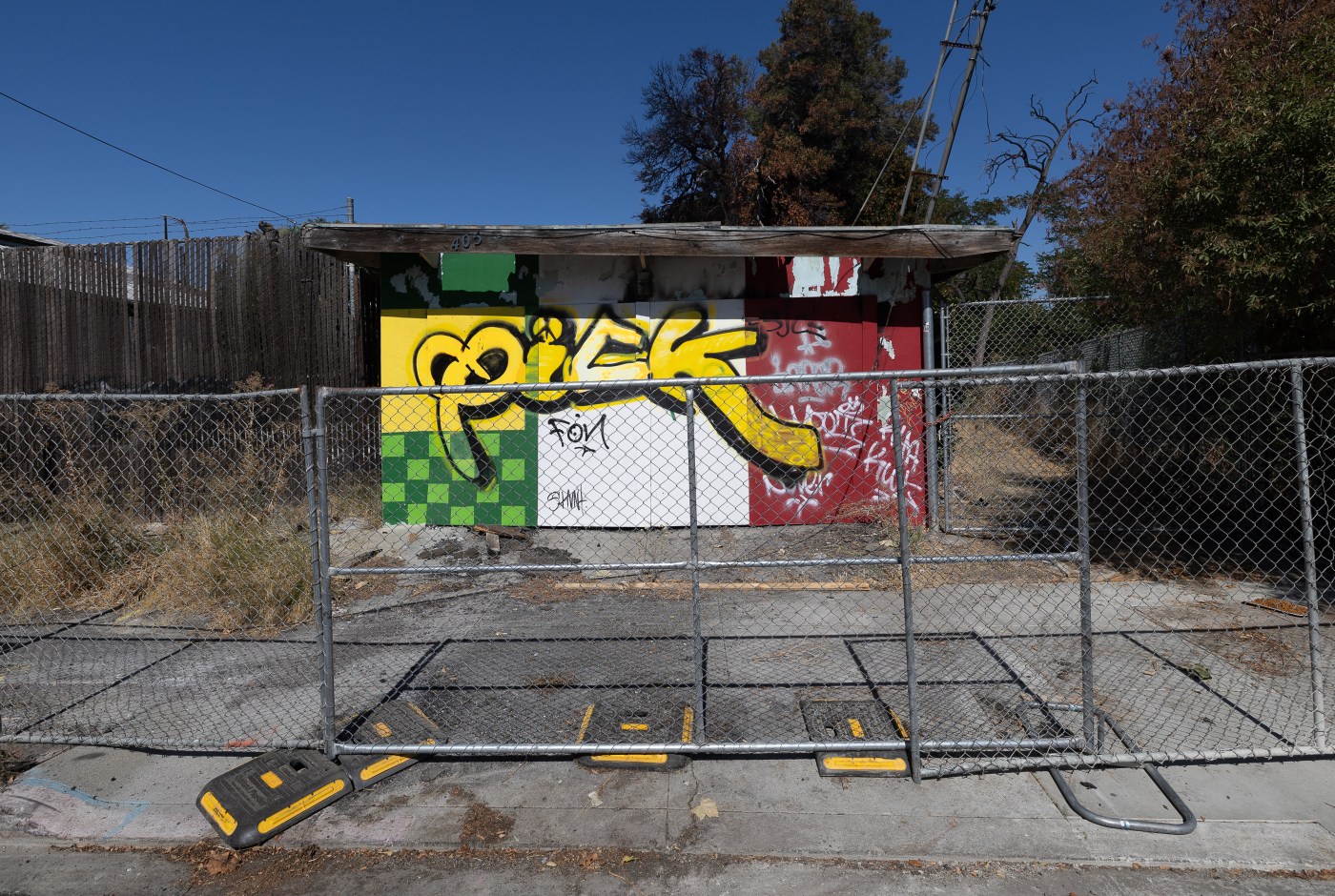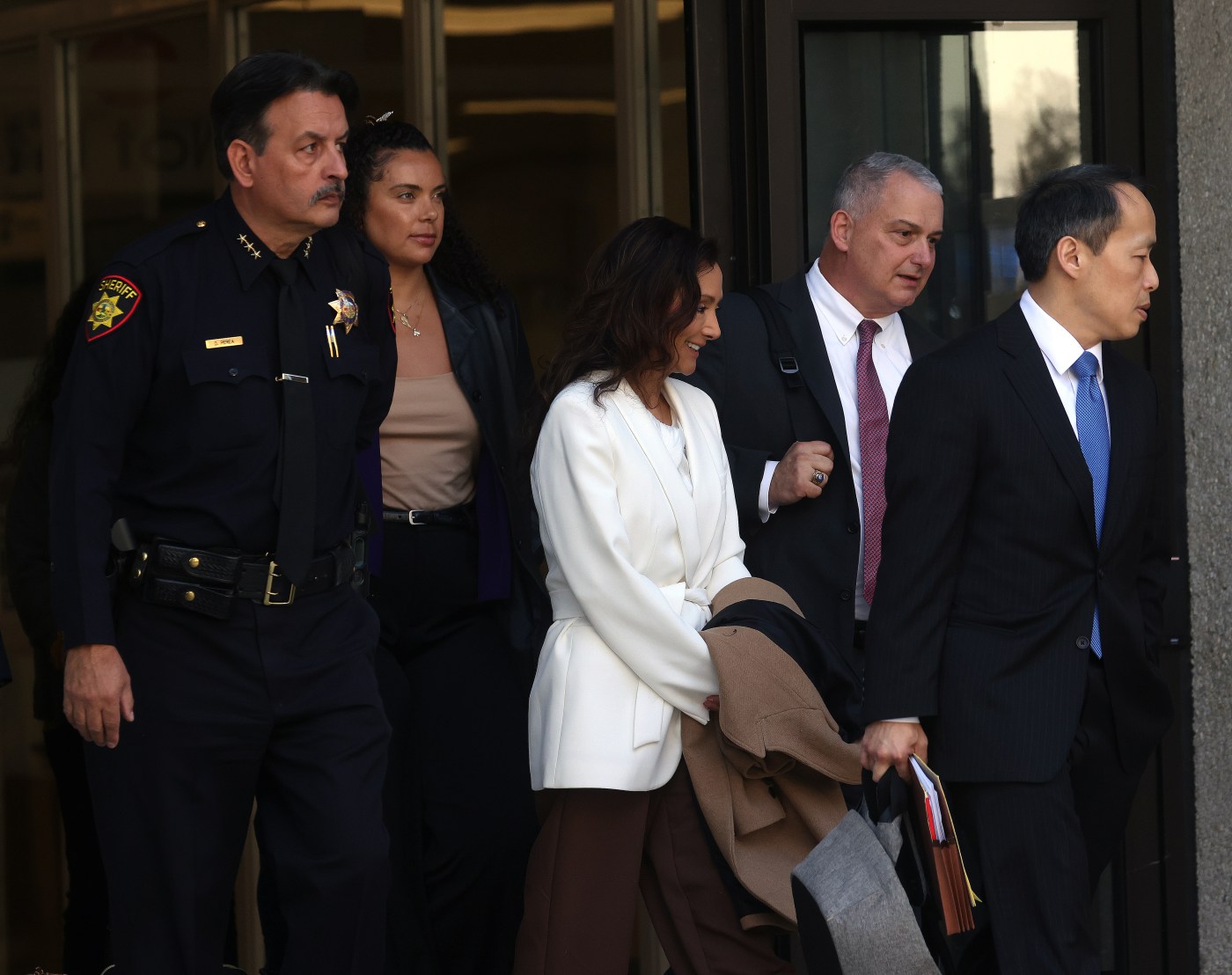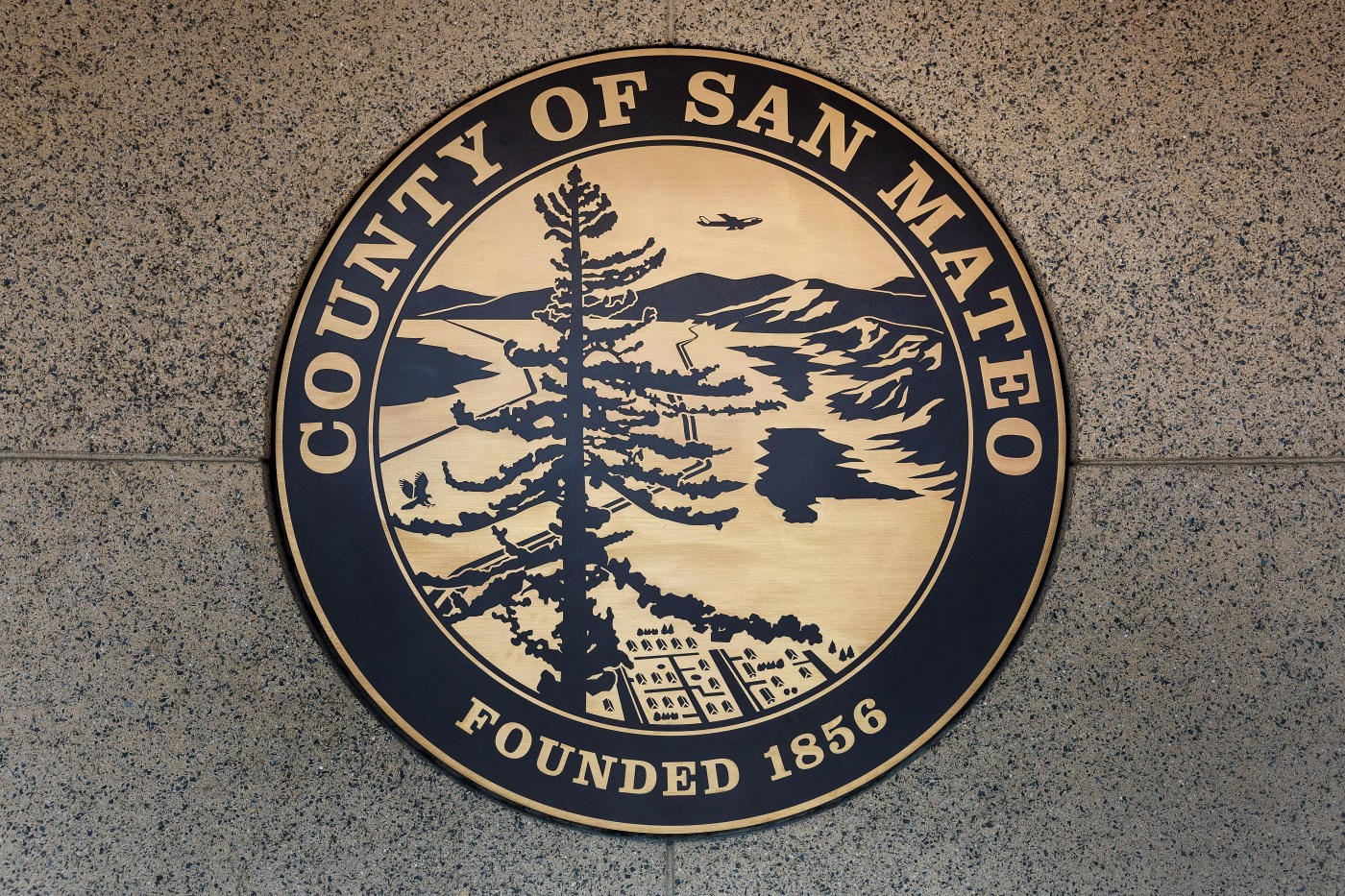Fed up with chronic negligent property owners, San José is substantially raising the penalties for violations — up to $500,000 — hoping it will force the offenders into compliance as the city seeks to reduce blight.
Related Articles
San Jose City Council approves new SAP Center lease deal with Sharks
Despite more dumpster days and free junk pickup, illegal dumping continues to plague San Jose
Editorial: SJPD’s independent auditor needs better access to provide real oversight
San Jose dismounts from revival of horse-mounted officers
Deal between Sharks, San Jose locks up team until 2051 while committing city to arena upgrades
Although a majority of violators have voluntarily complied, there are still multiple instances of high-profile blight that underscore the limitations of the city’s current fine structure and the need for stiffer enforcement to compel the existing scofflaws to take action.
“Residents live every day with the consequences of absentee property owners who refuse to maintain their problems,” District 5 City Councilmember Peter Ortiz said. “These sites have ultimately become magnets for overgrown vegetation, illegal dumping, encampments, trespassing (and) most recently, fires, graffiti and crime. They consume a disproportionate amount of our city’s time, resources and taxpayer dollars to monitor, remediate and enforce compliance. Our residents should not be forced to carry the cost of someone else’s negligence.”
City officials have considered increasing the penalties for chronic code violations for years, spurred in part by cases like the former First Church of Christ, Scientist near St. James Park, which became so dilapidated that it was a frequent target of complaints and dubbed by some as the “trashbag church” when the owners draped a raggedy tarp over the boarded-up historic building.
Under the city’s former rules, it could assign penalties of up to $2,500 per day and a total of $100,000, but despite it exhausting those remedies, that was not enough to force Z&L Properties — the disgraced developer that had promised to restore and preserve it when it purchased the site in 2017 — to address the eyesore. Now the city is fining five times as much and up to $20,000 a day.
When the city identifies a code violation, it can issue a compliance order that outlines the nature of the issue, the steps to rectify it, potential penalties, and the rights to appeal.
Although the city reported that 94% of 3,292 code cases last year were resolved voluntarily, it still issued 249 compliance orders, held 12 appeal hearings and brought 14 cases of repeated offenses before the appeals board for violations.
Of the $563,112 in fines levied, the city only collected 18%.
Along with raising the overall penalty cap, city officials also approved increasing the daily fine allowance to a maximum of $20,000.
If San Jose’s fine structure is legally challenged on the grounds that the penalties are excessive, it is a case the city believes it could win, as it is now in line with several other large cities in the state regarding chronic code violations. For example, Oakland’s municipal code allows for fines up to $365,000, while San Diego and San Francisco cap them at $400,000 and $500,000, respectively.
However, the city’s daily fine maximums would be significantly higher than those of other Bay Area cities.
The increase in fines is part of a larger and more aggressive effort to clean up city streets, whether they are blighted properties or sites of illegal dumping, and to clamp down on the worst offenders.
Along with levying stiff fines, the city has turned to the court system to aid the process, including seeking court-order receivership to force the cleanup of nuisance properties.
Earlier this year, the city also sued the owners of an abandoned downtown property at 35 and 49 E. Santa Clara St. and 9 N. Second St., which it alleged had become a health hazard.
“We can’t let bad actors hold our city hostage for years on end,” San José Mayor Matt Mahan said in a statement. “When property owners ignore the rules, it doesn’t just make San José unsightly — it erodes trust in government. We’re turning up the heat on negligent property owners and sending a clear message: clean up or pay up.”
The city’s latest attempts to make headway on one of its toughest challenges were met with praise from business leaders, who have long complained about the blight issues and said they have represented a barrier to the city’s economic vitality.
“We are encouraged by the proposed penalty increases as an important step forward,” San José Chamber of Commerce President and CEO Leah Toeniskoetter wrote in a letter to the City Council. “By raising fees, the City will ensure that property owners are held accountable and motivated to reinvest — unlocking new opportunities for economic development, housing, and community-serving uses.”





